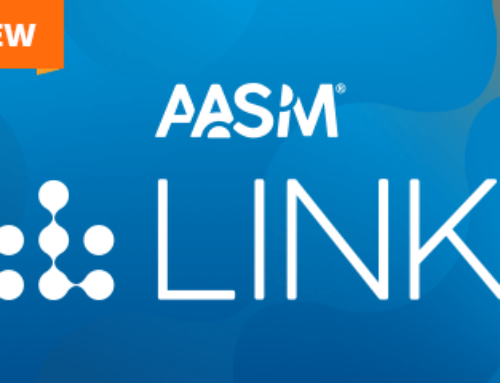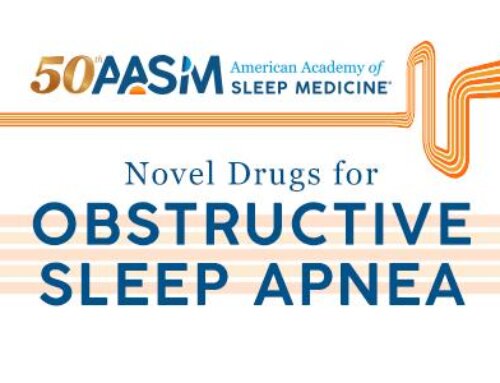Last week, the White House issued a final rule detailing which individuals could obtain exemptions from penalties for noncompliance with the Affordable Care Act’s individual mandate.
The final regulation is similar to proposed rules Health and Human Services (HHS) released back in January. A HHS fact sheet states that the penalty would be imposed on less than 2 percent of residents. Residents exempt from the penalties include:
- Low-income individuals who cannot afford coverage;
- Undocumented immigrants;
- Indian tribal members and their dependents;
- Individuals who experience a hardship;
- Individuals with a coverage gap of three or fewer months;
- Members of certain religious sects or health care sharing ministries;
- Individuals who are in prison;
- Low-income individuals in states that have opted out of the Medicaid expansion; and
- Individuals with no plan options in their state’s health insurance exchange.
The final rule includes a hardship exemption for dependents of a worker who has been offered affordable individual coverage but cannot afford the cost of family coverage. The affordability of family coverage is a technical problem because the law defines “affordable” individual coverage as a plan that costs less than 9.5 percent of a household’s income, but the law does not delineate affordable family coverage.
The rule also states that hardship exemptions will be available on a case-by-case basis for individuals who face other circumstances that prevent them from purchasing a qualified health plan. It also notes that hardship exemptions based on the projected affordability of coverage will be valid for an entire coverage year.
Individuals who fail to obtain coverage and do not meet any of the requirements for exemption will pay penalties on their 2015 tax returns. In related news, another Gallup poll found that more than four in 10 uninsured residents are not aware that they will be required to purchase health insurance. Forty-three percent of uninsured individuals did not know about the mandate, compared with 14 percent of insured individuals.




